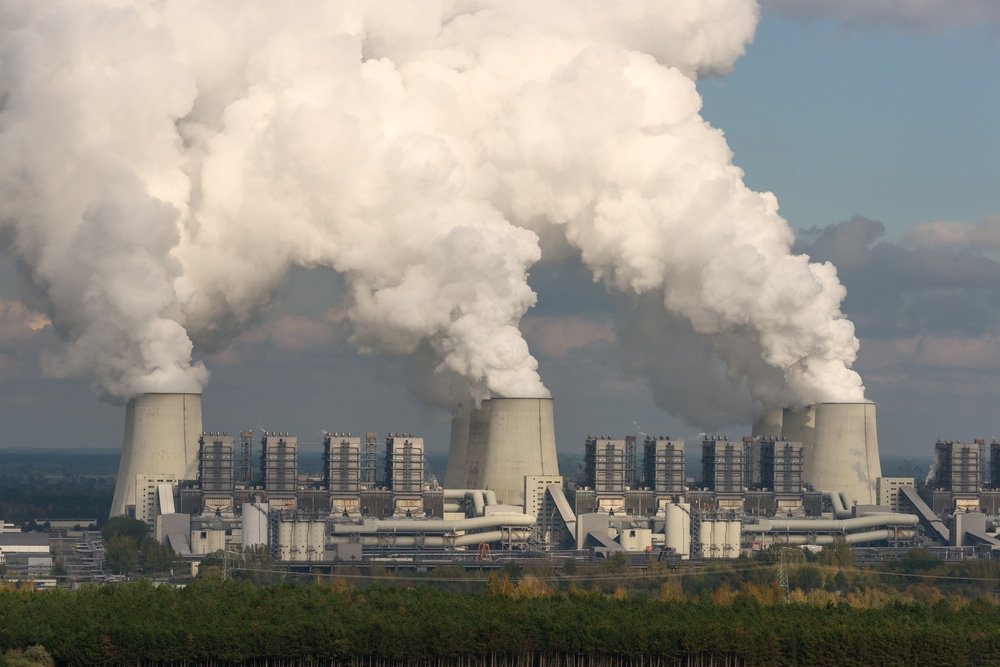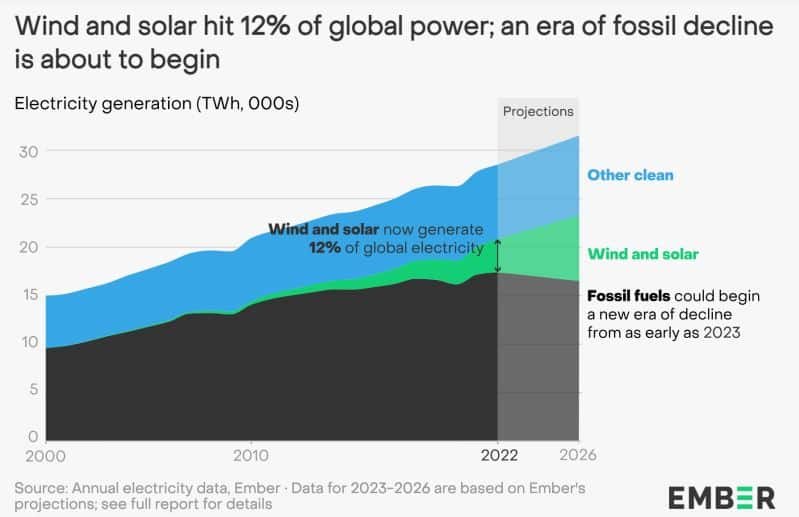President Joe Biden will soon reveal US’ newest climate rules requiring gas-fired power plants to capture their carbon emissions through the Environmental Protection Agency (EPA).
This plan will come just ten months after the Supreme Court restricted the EPA’s authority to reduce power plants’ emissions.
Biden’s Proposed Climate Rules
According to sources, the EPA will make the new rules public as soon as this week, covering both the existing and new power generators running on natural gas.
Natural gas is responsible for a quarter of the country’s total carbon footprint. The total share of fossil fuels in the mix in 2022 was 60% and 60% of that was natural gas. The remaining 40% was coal.
Biden’s proposed climate rules will replace his two predecessors’ mandates – Obama’s Clean Power Plan and Trump’s American Clean Energy, both of which have failed.
The current administration is under pressure from various environmentalists to be bold and stay true to its campaign promises to take on climate change. With the yet-to-reveal proposal, it seems the government is heading towards that direction.
The recent proposal comes as EPA aims to reduce the use of fossil fuels both in the power and transport sectors to meet Biden’s ambitious climate goals – to cut U.S. GHG emissions by 50% by 2030.
The agency proposed the biggest-ever limits on the transport vehicles CO2 emissions earlier this month. The goal is to shift into producing and using electric vehicles (EVs).
EPA projected that its car and truck emissions rule can result in expanded electrification of transportation, with EVs comprising ⅔ of new automobile sales by 2032. Tesla is taking the lead in this direction, reporting record sales in EVs and the corresponding carbon credits it generates.
Backing Up the Proposal: CAA and IRA
The proposed emissions standards for the power sector is based on a plant’s capacity to reduce CO2 footprint using the carbon capture and storage (CCS) technology.
Earlier this year, the Department of Energy rolled out over $2 billion to fund two carbon capture initiatives aiming to boost investment in technologies that capture, transport and store carbon.
Under the new rules, utilities must decide which from these options they would prefer to continue operating:
- Construct new baseload gas-fired plants with carbon capture in place, or
- Opt to use renewable energy to power their facilities.
As the proposal will go through SC’s deliberations, Pres. Biden and the EPA have two existing laws holding their ground legally.
The Clean Air Act:
Even if the Supreme Court had forbidden the agency to enforce a system-wide regulations over the power generators, EPA still can issue facility-specific rules under the Clean Air Act (CAA).
The Act allows the agency to set CO2 emissions limits based on the “best available control technology”. It’s up to the utility companies and states to work out their plans to meet it.
The newest rules proposed can help carbon capture to go mainstream or propel the use of renewables for generating electricity. It can also promote the use of other clean technology such as hydrogen.
The Inflation Reduction Act:
The IRA is perhaps the biggest promoter of CCS adoption across industries, particularly in the power sector. It increases the tax credits for capturing CO2 directly from a smokestack or source, from $45/ton to $85/ton. The incentive for CO2 captured from the air is even much bigger – $180/ton.
The law also authorizes the EPA to regulate power plants, while providing over $100 billion in clean electricity tax credits.
A Cleaner Source of Power
As per the energy think tank Ember, the global electricity sector’s carbon emissions may have peaked in 2022 and will begin to fall in the coming years. The group also reported that clean power sources have reached a new record of 12% share in the electricity mix.
In the US, the Energy Information Administration reported that fossil fuels accounted for over 60% of electricity generation in 2022. Renewable sources accounted for over 21% while nuclear takes up the rest.
- This year, solar will take up 54% of new power generation while 14% will be natural gas, says the IEA.
Though it appears that the EPA will largely rely on carbon capture and storage, opponents argue that it won’t discourage demand for fossil fuels. But the Biden administration makes it clear, with the IRA, that carbon capture is a big part of their plan.
The Natural Resources Defense Council’s director of the federal group remarked on the proposal, saying:
“We’ve been encouraged by what we’ve heard from EPA [climate rule proposal for power plants]…and what we’ve seen from them in other rules.”
Some industry players think that carbon capture and storage is not an “adequately tested technology” as power plant standards. They pointed to the failure of Texas’ Petra Nova. Others said that commercial deployment of the carbon capture technology will be many years away, despite the huge tax incentives.
To meet the most stringent standards, the largest power plants have to make the deepest and earliest cuts to their CO2 emissions. But for facilities that are about to retire and units that run at times of peak demand will have lenient rules.


